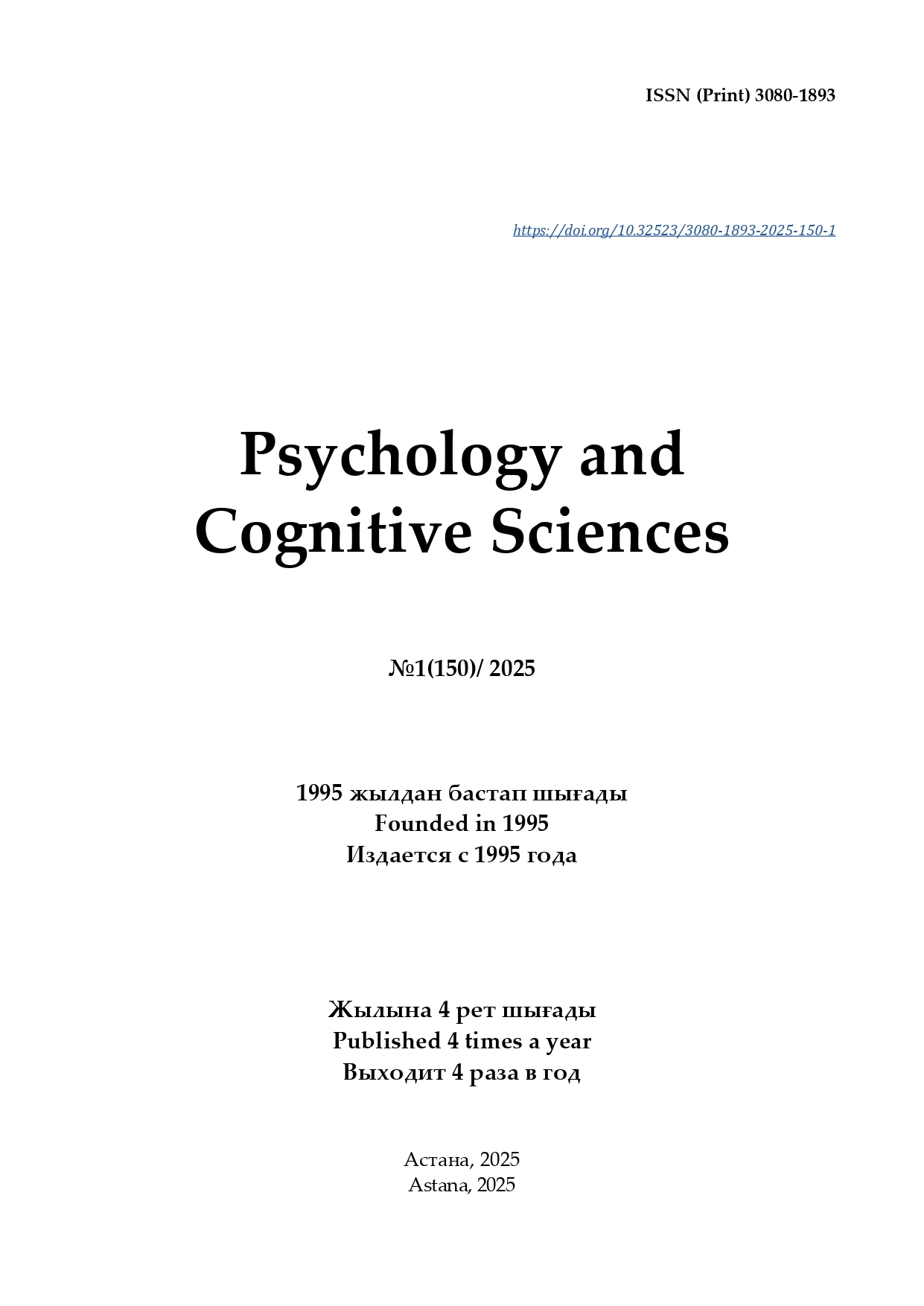Bullying Prevention Among Adolescents: Development and Pilot Study of a Training Program
DOI:
https://doi.org/10.32523/3080-1893-2025-150-1-63-88Keywords:
aggressive behavior, bullying, bullying-structure, adolescent, bullying prevention, self-esteem, anxiety, training program, emotional regulation.Abstract
The problem of bullying among adolescents in secondary school settings creates a critical need for programs that support the personal and social life of the adolescent. Research on school bullying has both theoretical and practical significance. This applied research focuses on a detailed study of the social structure of adolescent groups, where bullying manifests as a complex socio-psychological phenomenon. The "Bullying Structure" methodology (Norkina, E. G.) was used for diagnostics, allowing for the identification of students' roles and positions within the conflict, as well as the determination of at-risk groups. Data from a sample of 27 seventh-grade students were analyzed. Based on the findings, a training program aimed at preventing and reducing bullying was developed and pilot tested. The program includes key areas such as emotion management, coping with anxiety, correcting aggressive behavior, developing self-esteem and self-acceptance skills, and fostering positive interpersonal interactions. Particular attention was paid to working with parents and teachers, who play a key role in preventing and resolving conflict situations. Parents were provided with information about the causes and consequences of bullying, as well as practical recommendations for supporting their children. Teachers, in turn, were trained in methods for identifying and preventing bullying, as well as effective strategies for interacting with students. This pilot study demonstrated the initial effectiveness of the proposed program: a statistically significant decrease in the level of aggression and conflict among adolescents, an improvement in the psychological climate within the group, and strengthened student cohesion. The identified patterns demonstrate practical significance and suggest the program may be suitable for wider implementation in educational institutions to foster a positive social environment and harmonize relationships within adolescent groups, as well as to identify problem areas in a timely manner.






